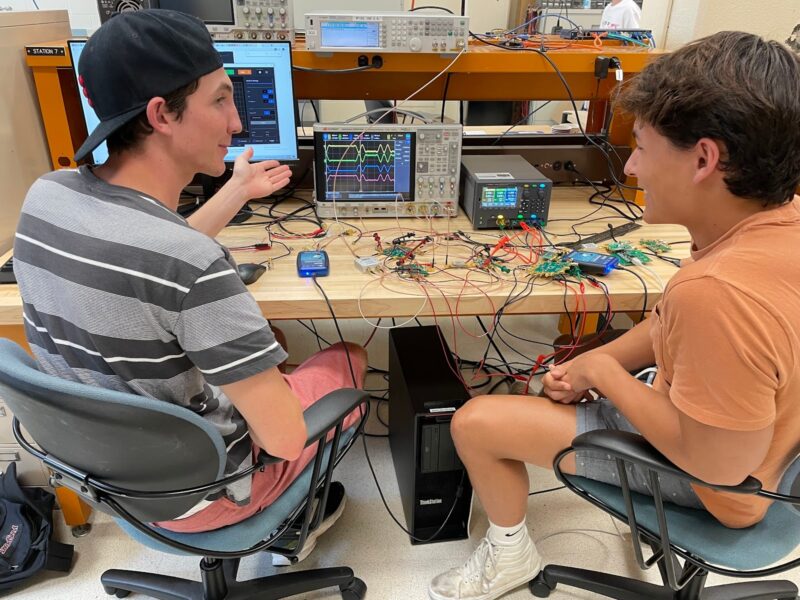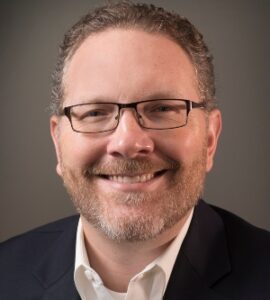Spectrum Coexistence Technologies and Policies for Interfering Radio Systems

Principal Investigator: Dr. Laneman, Department of Electrical Engineering
Project Summary:
Many industries are expanding their use of wireless technologies, with futuristic applications, ever more connected people and things, utilizing wider bandwidths and higher frequencies, and putting tremendous pressure on access to radio spectrum. Because the radio spectrum is regulated by government organizations at the national and international levels, developing technology and policy innovations to benefit society requires collaboration and interdisciplinary work among business and government leaders, engineers and scientists, economists, lawyers, regulators, and policymakers.
This project enables students to explore a particular spectrum issue, define an engineering problem for coexistence between two or more radio systems, and develop solutions that enable more effective utilization of the radio spectrum. The resulting “prototype” may include a lab-based measurement setup designed to capture a relevant dataset, a software-defined radio (SDR) implementation of a spectrum sharing mechanism, a simulation of models for interfering radio systems subject to proposed policy rules, and associated presentations and reports.
As a concrete example, concerns were recently raised about potential interference between expanded 5G cellular networks and radar altimeters that support the landing of aircraft. Radio propagation and interference models were developed, measurements were taken, and rules were specified to limit the 5G base station locations, antenna configurations, and power levels around airports. The “deliverables” in this example were reports that summarized the models, propagation and simulation studies, measurement data, and recommendations.
Student’s Role:
Each REU student will develop a coexistence model and solutions for a spectrum issue they are passionate about, working with graduate students, collaborators, and the faculty advisor. Suggestions will be drawn from the National Spectrum Strategy in the US as well as study items from the ITU World Radio Conference. Opportunities to develop reports and presentations in various spectrum research and policy conferences will also be available during the Summer and beyond.


